I spent nearly four years landscaping with native plants in a state park creating a butterfly garden for visitors to enjoy. Essentially I was just transplanting wild native plants and flowers into the park’s native plants landscaping area to attract beautiful species of birds and butterflies and even frogs, toads and lizards. Attracting wildlife to your yard is relatively easy to do and you can create your own native plant wildlife garden. All you have to do is find what grows wild in the nature which surrounds you. Notice what is growing where. Does it like shade? Does it like sun? Then transfer those native plants into your landscape, garden or yard in the areas of light the plant prefers. Here is a bit more on why and how to make a native plant wildlife garden.

What Are Native Plants?
Native plants are plants that naturally occur in a particular region, ecosystem, or habitat without direct or indirect human intervention. These plants have evolved over time to adapt to the local climate, soil conditions, and wildlife. They play a crucial role in maintaining biodiversity and ecosystem health. Native plants are often well-suited to the local environment, requiring less water, fertilizer, and pesticides than non-native plants. They also provide food and shelter for native wildlife, including birds, insects, and other animals.
Why Are Native Plants Important?
Native plants provide essential habitats and food sources for local wildlife, including insects, birds, and mammals. They contribute to the overall biodiversity of an area, which is important for maintaining healthy ecosystems. Native plants play a crucial role in ecosystem services such as soil health, water filtration, and air purification. Their root systems help prevent soil erosion, and they can absorb excess nutrients and pollutants from the environment. Native plants are adapted to local climate conditions, including temperature, rainfall, and soil types. They are often more resilient to extreme weather events such as droughts and floods, making them valuable for climate change adaptation.
Benefits of Landscaping With Native Plants
- Attracts native species of butterflies, birds and other valuable wildlife which needs a home.
- Supports your local ecological balance.
- Naturally drought resistant (native plants are adapted well to your climate)
- Save on water bill
- Replaces non- native plants which are not supportive to wildlife, and “hog” water resources by consuming more than their fair share of water.
- Attract BENEFICIAL insects, that pollinate plants, enrich soil and feed enjoyable wildlife.
- Native plants are disease-resistant adapted to resist local pests
- Native plants, once established, require little to no maintenance. LOW- MAINTENANCE.
- You can get your plants for FREE from the meadows, roadsides and woods of your own neighborhood.
Directions For Landscaping With Native Plants
FIRE PINK – Selene virginica
To create your native plants landscaping first you will need to pick an area of your yard and gather your supplies
Supplies To Create Your Own Native Plant Wildlife Garden:
1. Shovel
2. Trowel
3. Gloves
4. Bucket or box to transfer the plants in (or nursery bought native plants)
5. Prepared flower bed, or small section or spot to transfer the plants into.
6. Mulch (optional)
How to scout out and select Landscaping Native Plants
First take some time one morning or afternoon to “scout out” your plants. You are looking for plants that grow wild, but are “well behaved.” If you notice a plant grows in abundance, is aggressive or makes large colonies, growing in an “invasive” manner, you will want to shy away from those.
What you are looking for are plants which are native, they have a distinctive beauty, such as beautiful leaves or flowers. They tend to grow singly or in well-mannered groupings. For each area of the country, these plants will vary, but you will notice them as you explore your own “neck of the woods”.
Chose & Prepare A Location or Flower Bed For Your Native plant Wildlife Garden
When you have decided on a few landscaping native plants selections, you will want to decide WHERE you want to transfer them into your own garden, landscape or yard. Remember to put plants that like shade into a shady spot, while placing ones that like sun in a more open area.
Prepare your spot by removing lawn grass or other plants that would compete. Loosen up the soil with a trowel or shovel and “hand till” the soil. Native plants look lovely in terraced gardens if that is an option.
Chose Your Mulch
Choose what you want to use for mulch and have it ready, next to the spot you have prepared. Mulch can be straw, leaves from the woods, nursery mulch from the store, or, my favorite, WOODCHIPS gathered from a fallen treein the woods. You can also get wood chips from tree services which shred the trees they service and need a place to get rid of their “waste.”
Collect Your Landscaping Native Plants To be Transplanted
Some landscaping native plants plants will need a large shovel if their roots are deep. Other plants you will only need a hand-held trowel. Have a bucket, card board box or other container for putting your plants into. Take a generous amount of soil with your plant, so that it will have “it’s own” soil which the roots are used to, making its transition a lot more smooth and ultimately successful. It’s own soil is also full of beneficial insects, microbes, earthworms. It’s own soil obviously satisfies its needs, and is perfectly balanced by nature.
Make sure you waste no time getting your new plant to its chosen native plants landscaping location in your yard. Do not let the roots be exposed to sun. Keep the plant well covered by its own soil, shaded and moist if necessary.
How To Plant Landscaping Natives
Once you get the native plant to its new native plants landscaping spot, dig an appropriately deep (not too deep) hole. Give the hole a generous width, so the roots have room to spread out. Keep the plant in its own soil “chunk,” not breaking it up too much. Transfer it with as little disruption to its native “root ball” (roots held intact by the soil it was in) as possible. Place it gently and firmly into its new hole. Press down, to secure it and press out excess air. Push the surrounding soil up to it and make it snug, and level. Then water your native plants. You may want to check your native plant wildlife garden daily, giving it water when needed, until you see that it has “taken” to its new location.
Gardening Native Plants Tennessee Southeast:
If you are not sure what flowers are native to your area, you may want to consult a local nursery or a search engine to find flowers native to your state. I live in Tennessee and we have many native flowers such as the Scarlet Buckeye, butterflyweed, yarrow and columbine. Native flowers are a beneficial choice because they are naturally adapted to your area’s weather conditions and water availability. If you plant non-native species you will often find that they require far more watering and they may have special soil and fertilizer needs. In short native flowers will require less resources and less care than most non-native flora.
Here are a few of the native plants which I have found in my area and have found success with transplanting:
SWEET BETSY – Trillium cuneatu
WOODLAND PHLOX – Phlox divaricata
FIRE PINK – Silene virginica
VIOLET WOODSORREL – Oxalis violacea
MAYAPPLES
TINY BLUET – Houstonia pusilla
VIRGINIA SPRING BEAUTY – Claytonia virginica
DAYLILIES
MOSSES
FERNS
Conclusion
Native plants are often used in landscaping and gardening for their beauty and ability to connect people with local ecosystems. They also have cultural significance for indigenous communities, who have long depended on native plants for food, medicine, and other purposes. Native plants typically require less water, fertilizer, and pesticides than non-native plants once established. This can lead to cost savings and reduced environmental impact in landscaping and gardening practices.
Landscaping with native plants is an eco-friendly choice and a native plant wildlife garden can be a beautiful addition to your outdoor space. So what do you think? Will you try native plants landscaping yourself?
Related Posts:
Expert Landscaping Design Tips

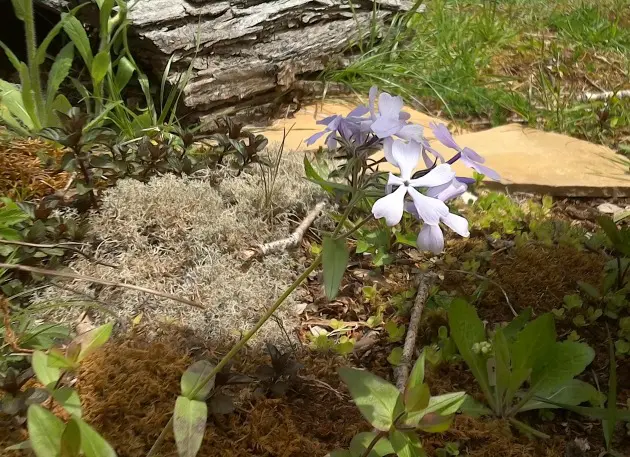
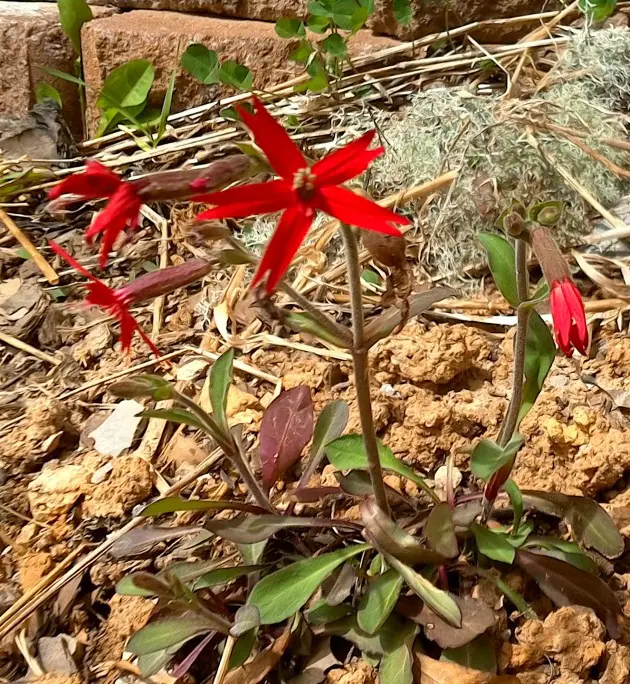
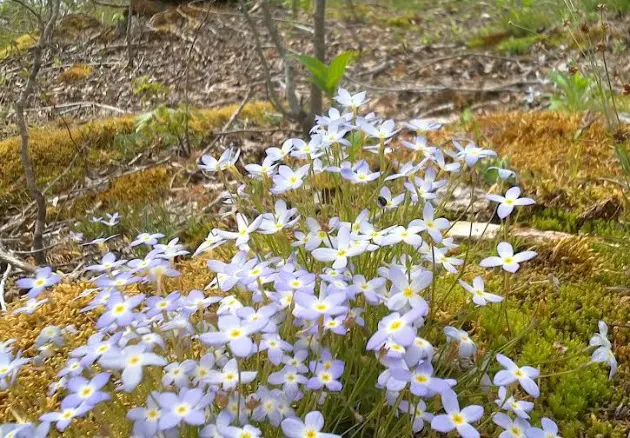
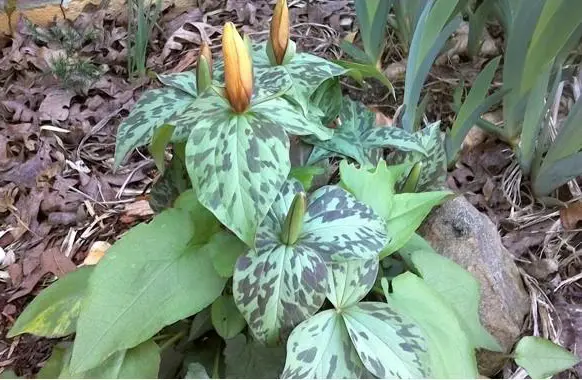
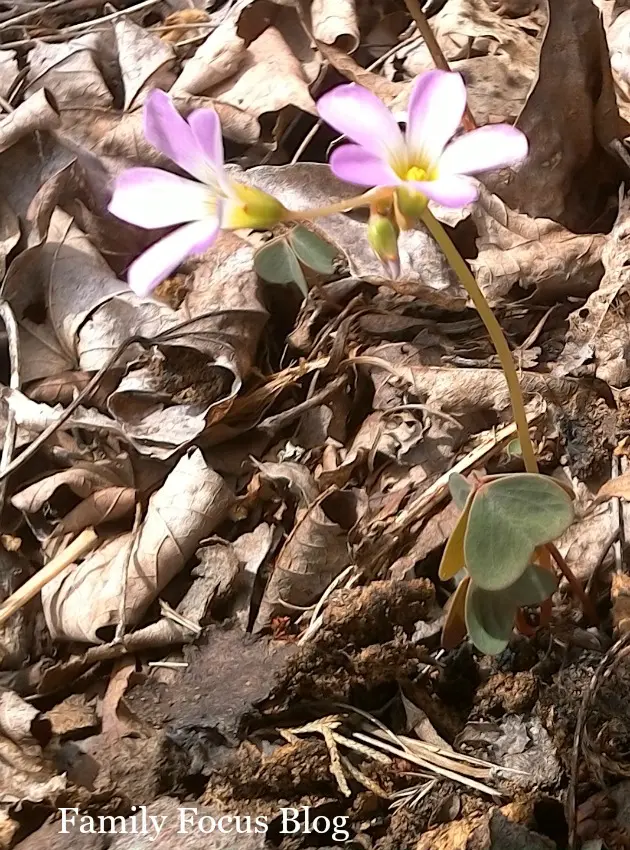
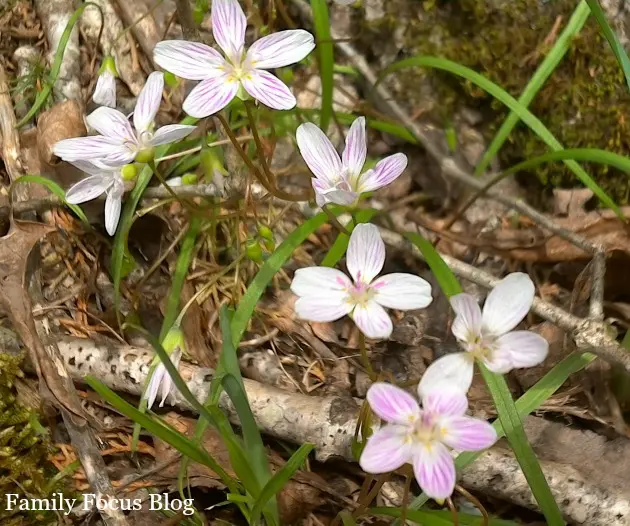
April Cook says
I like that using native plants in your landscaping will help attract the native animals. I also like that they are naturally drought resistant. We are looking at ways to save water, so this might be a good option. Can you buy native plants? I don’t know if we have a place to transplant them from, and I don’t know if our landscapers can do this. Thanks for the information!
Scarlet says
You can definitely buy them. There are nurseries that specialize in natives and you can order online as well.
Barbara Radisavljevic says
I’d love to do this. I’ve gotten started with a few natives, but some haven’t settled in. Some died.
charlotte anderson says
Native plants are so good for my honeybees and other pollinators. They can be a bit harder to get started but often do well once established. Beekeeper Charlotte Carolina Honeybees
Dan J says
One of my neighbors owns a small bee farm. She purposely set this small farm up next to a grove of orange trees. Whenever she collects the honey it has an amazing citrus flavor.
Boca says
I really enjoyed this article, and appreciate your taking the time to write it. I remember when I was younger, the very first time my father taught me how to transplant a tree. It was a Blue Spruce in our backyard and it was the first time I fell in love with nature and gardening. That trees life was in our hands and it really made me feel like I had a connection with this living, breathing thing.
Anyway! I always try to stress the importance of native plants to my customers, it makes it so much easier to maintain a nice looking yard or garden.
Thanks again for the article.
Matt says
Hey awesome article. As a landscaper I think about many of these tips and tricks when laying out a landscape design. You made this a good read for not only the DIY warrior but also the professionals like myself, Thanks for sharing your information!!